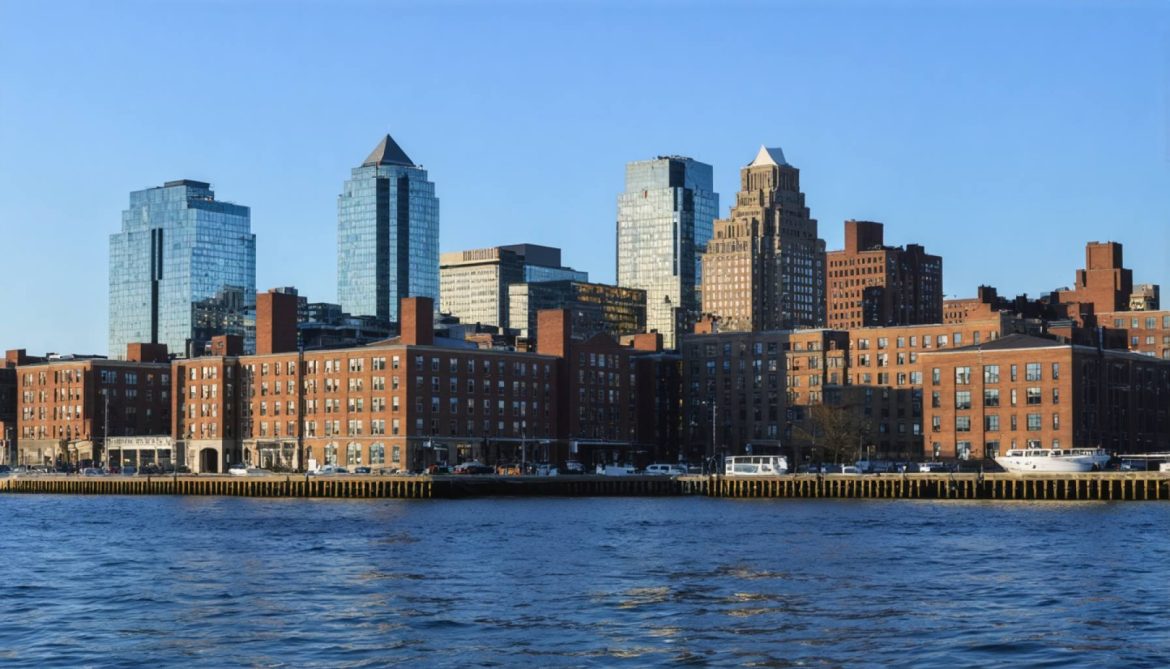- The 1975 Asilomar Conference set a benchmark for safety in recombinant DNA research, pivotal for modern biotech regulation.
- Cambridge, MA, became a biotech hub in the 1970s, balancing ethical concerns and scientific innovation about gene-splicing risks.
- Despite initial concerns, companies like Biogen thrived in Cambridge due to clear regulations, laying groundwork for the biotech boom.
- Local laws, stricter than federal guidelines, provided regulatory certainty, attracting industry growth and stability.
- Regulations transformed from obstacles into catalysts for innovation, attracting investors and fostering collaborative ecosystems.
- The proximity to academic resources like Harvard and MIT enriched Boston’s biotech landscape, promoting knowledge and innovation.
- The historical biotech journey highlights the potential for regulations to serve as bridges to innovation and discovery.
In the world of science and innovation, few moments are as pivotal as the 1975 Asilomar Conference in California, where the seeds of modern biotechnological safety were sown. This gathering of great minds set a new benchmark for recombinant DNA research safety, but as history reveals, it wasn’t the only chapter in the story of biotech regulation. While Asilomar’s legacy largely catered to academic inquiry, the industry’s blossoming required additional frameworks—crafted from the debates and local governance that erupted soon after in Cambridge, Massachusetts.
Picture a bustling Cambridge in the mid-1970s, where world-renowned universities, curious citizens, and an emerging cadre of biotechnology firms converged. The city faced an ethical and scientific impasse; concerns grew that gene-splicing experiments might unleash unforeseen public health threats. But instead of fleeing to more deregulated pastures, nascent companies like Biogen chose to anchor themselves in Cambridge for the long haul. Boston’s metamorphosis into a biotech giant began with these early commitments.
Local lawmakers, spurred by scientific thrills and societal concerns, passed regulations stricter than those proposed at the federal level. Ironically, these rules—initially prompted by cautionary tales—transformed into a magnet for innovation and growth. They offered something precious: certainty. Secure in a predictable regulatory environment, the biotech sector exploded, fostering a dynamic mix of educational talent and entrepreneurial spirit.
Despite the inherent complexity of recombinant DNA research, early alarms soon faded. As debates evolved, detractors, once apprehensive about safety, adjusted their perspectives. Critics morphed into collaborators—industry councils, real estate developers, and financiers—all recognizing how regulation could enhance stability. Local bylaws didn’t just guide lab safety; they reassured banks, fueling the construction of the very institutions where biotech dreams materialize.
But there’s an even deeper tapestry to weave. Alongside local governance, the proximity to intellectual treasure troves like Harvard and MIT proved irresistible. This dense knowledge cluster facilitated knowledge transfer and wildcard innovation. As one academic observed, Boston’s unique biotech density is a reflection of regulations weaving through a tapestry of public input and economic strategy.
Strangely, regulation spurred entrepreneurial courage. As Boston illustrates, robust local policies may stir initial trepidation, yet, they can also fertilize the soil from which sustainable industries bloom. As humanity stares down contemporary scientific frontiers, the Asilomar legacy reminds us that balancing caution with curiosity can yield extraordinary progress.
This historical journey underscores a valuable takeaway: thriving industries often emerge from the confluence of rigorous oversight and innovative ambition. Regulation, aptly applied, can be more than a chain—it can be a bridge to future discoveries.
Unveiling the Legacy of Asilomar: How Regulation Became Innovation’s Bedrock
The Asilomar Conference: More Than a Historical Footnote
The 1975 Asilomar Conference in California was a watershed event in the world of biotechnology. It wasn’t merely a gathering; it was a milestone that established safety guidelines for recombinant DNA research. This conference highlighted the proactive stance scientists took towards potential biohazards, which set a precedent for future regulations and ethical considerations in biotechnology.
Beyond Asilomar: Cambridge’s Role in Biotech’s Evolution
The story didn’t end at Asilomar. The thriving biotech landscape in Cambridge, Massachusetts, provides a fascinating case study in how rigorous local regulations can paradoxically attract innovation. Major players like Biogen committed to Cambridge despite—or perhaps because of—the stringent local rules. This decision was pivotal in Boston’s eventual emergence as a global biotech hub, illustrating that regulation doesn’t necessarily deter innovation but can foster a stable, predictable environment conducive to growth.
Real-World Use Cases: The Boston Biotech Boom
The regulatory environment not only ensured safety but also provided a roadmap for sustainability and innovation. By collaborating with world-class universities like Harvard and MIT, Cambridge became a hotbed of talent and knowledge. This environment encouraged industry-university partnerships, which accelerated pioneering research and the development of cutting-edge technologies.
Industry Trends and Market Forecasts
Boston’s success story offers insights into current and future trends. The significant investment in biotech startups and infrastructure continues to sustain growth in the region. According to the Massachusetts Biotechnology Council, the state’s biotech sector is poised for double-digit growth in the next decade due to its robust ecosystem of research institutions, financial backers, and talent pool.
Insights & Predictions: The Role of Regulations in Future Industries
As new scientific frontiers, such as CRISPR and gene editing technologies, emerge, the lessons from Asilomar and Cambridge remain pertinent. Thoughtful regulatory frameworks can serve as a model for not only biotech but any burgeoning industry, from artificial intelligence to renewable energy. Integrating public input with scientific inquiry ensures that innovation doesn’t outpace safety or ethical considerations.
Pros & Cons Overview: Regulation in Biotech
Pros:
– Establishes a safety net for both the public and researchers.
– Attracts investment by providing a stable regulatory environment.
– Encourages innovative collaboration between academia and industry.
Cons:
– Can initially deter companies wary of stringent compliance requirements.
– May slow down the pace of innovation in the short term.
Actionable Recommendations
For regions aspiring to emulate this model, fostering collaboration between regulators, industry leaders, and academic institutions is crucial. Establish clear guidelines that balance safety and innovation to create a robust environment for growth.
Quick Tips for Biotech Startups
1. Leverage Local Talent: Collaborate with nearby academic institutions for cutting-edge research and talent acquisition.
2. Understand Regulatory Landscapes: Navigate local and national regulations to ensure compliance while fostering innovation.
3. Engage with Community: Build strong relationships with local governance and community organizations to ensure sustainable development.
For further exploration of the biotech landscape and how regulation influences it, visit the official page of Library of Congress for resources and historical insights.



